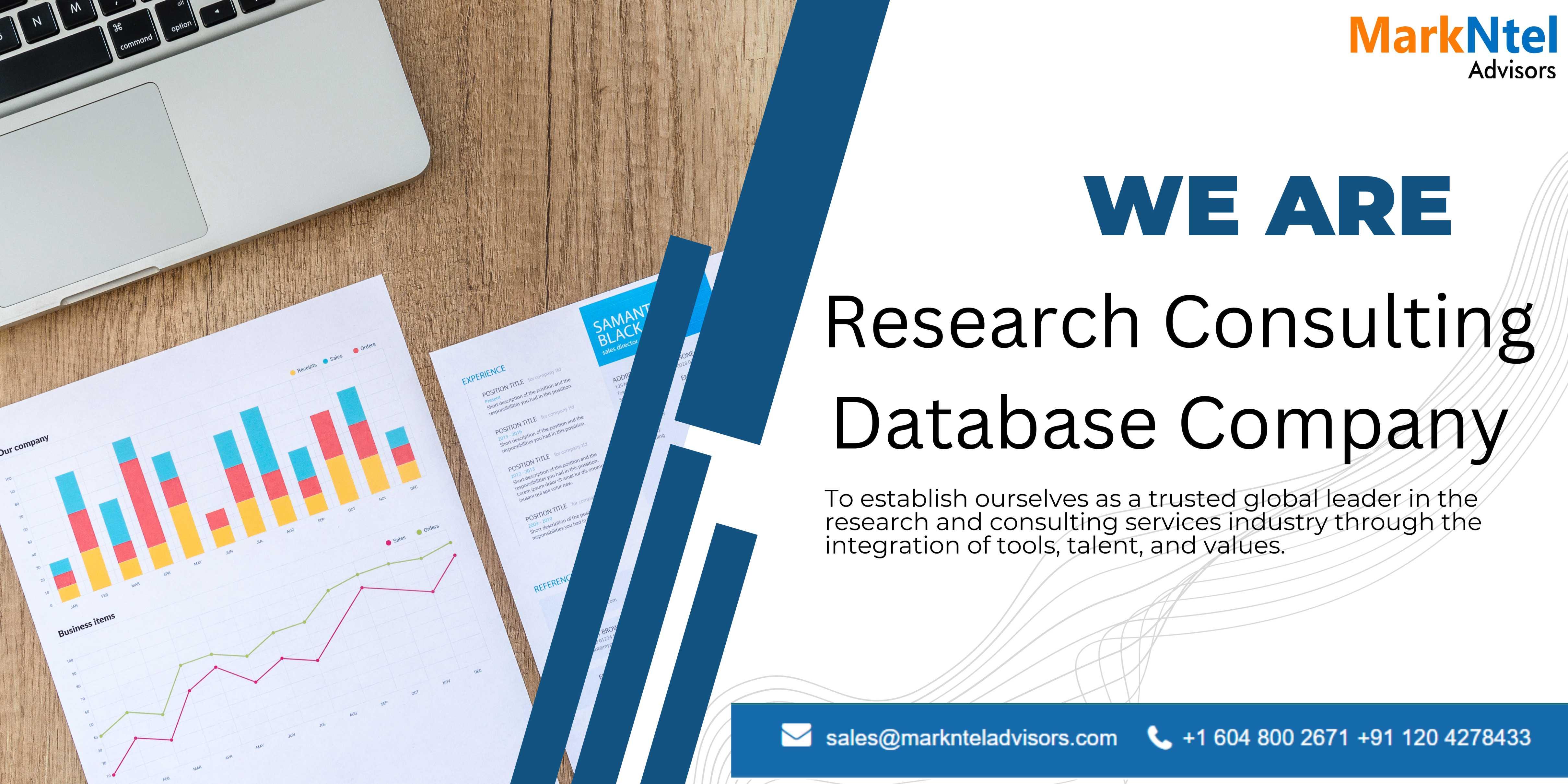Originally Published on: SpendEdge |Procurement’s Makeover: Going All-In on Transparency
Upholding Ethical Practices and Enhancing Efficiency through Open Communication
In the landscape of business, the principle of transparency takes center stage, denoting the availability of clear, precise, and understandable information about a company. While this principle applies across various services, its significance has magnified in the realm of procurement. The procurement process, responsible for selecting raw materials, plays a pivotal role in creating optimal products while maintaining cost control and meeting delivery requirements.
The Crucial Role of Transparency in Procurement:
Transparency in procurement proves vital for fostering trust, minimizing risks, and upholding ethical practices. By openly communicating processes, costs, and decisions, organizations build credibility with stakeholders, including suppliers and the public. This openness enhances competition, as suppliers understand selection criteria, mitigates corruption risks, and ensures compliance with regulations. Ultimately, transparency in procurement facilitates accountability, efficiency, and the establishment of robust relationships, contributing to better decision-making and overall organizational success.
Benefits of Transparency in the Procurement Process:
Abstain from Duplication of Orders and Errors: Implementing checks and balances with a built-in supervisory review and approval system for significant orders helps prevent duplication and errors. This ensures accuracy, saves time, and maintains the integrity of supply chain operations, contributing to streamlined workflows and improved overall procurement performance.
Reduction in Illegal and Fraudulent Activities: Formal and consistent approval processes, along with detailed records of orders, mitigate the risk of fraudulent activities. Implementing stringent controls, thorough due diligence in supplier selection, and regular audits can help identify and prevent fraudulent practices.
Easy Auditing Possibility: Transparent procurement practices, coupled with accurate and comprehensive records, ease the auditing process. Regular audits, conducted by third parties, help identify discrepancies, assess risk, and validate the accuracy of financial records.
Increase in Cost Reduction Opportunities: Understanding spending before going to market with bids enables organizations to leverage bulk purchasing and track supplier pricing. Clear visibility into procurement operations helps uncover redundancies and inefficiencies, allowing for targeted improvements.
Transparency Builds Credibility: Fostering trust and accountability, transparent practices, such as clear communication of procurement strategies and adherence to ethical standards, build credibility in procurement. Stakeholders gain confidence in the fairness and integrity of operations.
Achieving Transparency in Procurement:
Market Engagement: Early engagement with the market allows organizations to test proposed procurement strategies, build confidence, and reduce the risk of non-engagement. It increases awareness of upcoming opportunities, enabling resource management and validating the feasibility of proposed outcomes.
Clear Procurement Package: Providing prospective bidders with a clear and concise procurement package, focusing on necessary details, streamlines the evaluation and decision-making process.
Clear Communication: Maintaining clear and concise communication through one official channel, along with record-keeping, prevents confusion and ensures transparency in all interactions.
Informed Business Decisions: Using standardized questions and agreed formats for responses encourages relevant bids, preventing the inclusion of unnecessary information. This approach streamlines the evaluation process for both suppliers and the evaluation team.




